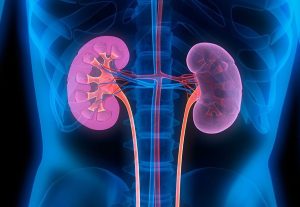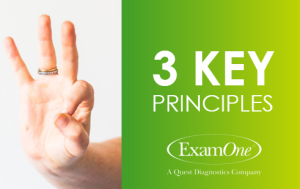White Paper: Optimum Life Re finds potential 2.5x increased detection of hepatitis B through an improved reflex rule
Related
Email Newsletter
Stay up-to-date with the latest news and information from the life insurance industry by subscribing to Insights, our monthly newsletter.
About
Follow Us
Links
Your Privacy Choices | Privacy Notices | Privacy Shield | Terms | Accessibility | Language Assistance / Non-Discrimination Notice | Asistencia de Idiomas / Aviso de no Discriminación | 語言協助 / 不䈚視通知
Quest, Quest Diagnostics, any associated logos, and all associated Quest Diagnostics registered or unregistered trademarks are the property of Quest Diagnostics. All third-party marks — ® and ™ — are the property of their respective owners. © 2000-2024 Quest Diagnostics Incorporated. All rights reserved.




















ExamOne® recently sought to produce a better reflex rule for hepatitis B screening in life insurance using predictive modeling. In a new study, Optimum Life Re evaluates the performance of the ExamOne model in comparison with conventional reflex rules that are solely based on the results of liver function tests.
Optimum Life Re’s analysis of the ExamOne model suggests that prediction modeling may increase hepatitis B detection by a factor of 2.5 at comparable levels of testing. In addition to increased detection, implementing this model in an automated setting should substantially reduce the turnaround time associated with hepatitis B reflex testing.
An excerpt from the white paper:
If a company is willing to test 15% of all its applicants, the conventional reflex rule which corresponds to this (AST_41_ALT_35) would lead to the identification of about 20% of hepatitis B cases (120 cases out of 597 in dataset), whereas if the ExamOne model was applied, the company would have identified about 55% of hepatitis B cases (329 cases out of 597).
This paper addresses the prevalence and the challenges of underwriting hepatitis B. It evaluates the ineffectiveness of the current “shot-in-the-dark” reflex approach. Based on Optimum Life Re’s findings, replacing the conventional approach with ExamOne’s predictive model will help insurers identify more hepatitis B applicants.
Read full white paper
Interested in learning more?
Contact your ExamOne sales representative if you are interested in learning more about improving your hepatitis B reflex criteria with predictive modeling.